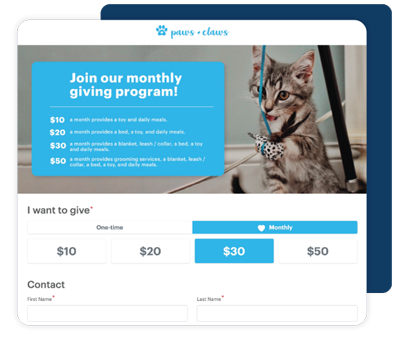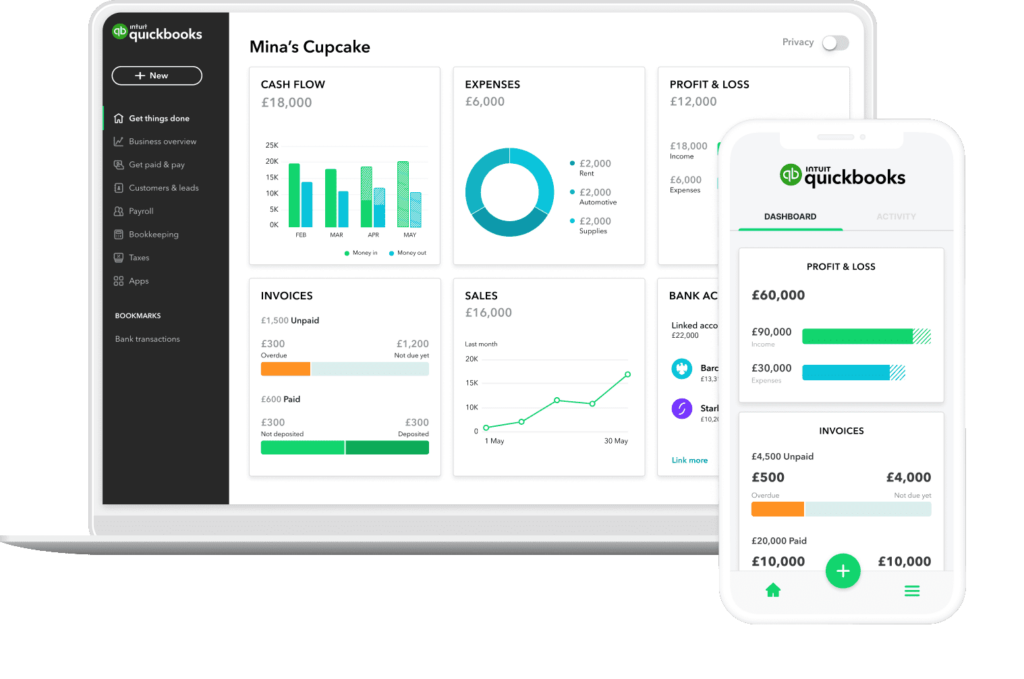Nonprofit Technology & Fundraising Blog
Subscribe to our mailing list

October 9, 2023 | Online Fundraising, Year End
Year-end giving campaigns hold a special place in the hearts of nonprofits and donors alike. At their core, these campaigns are intimately tied to the holiday season, evoking feelings of generosity, gratitude, and goodwill.
Positioned as the unofficial kickoff to the year-end giving season, Giving Tuesday falls on the Tuesday following Thanksgiving in the United States. This global day of generosity provides nonprofits with a golden opportunity to engage donors, set the stage for year-end initiatives, and harness the holiday spirit for impactful fundraising.
Yet, it’s not solely the holiday spirit that fuels end-of-year giving. Tax considerations also play a pivotal role. Many donors hurry to make their final contributions before the December 31 deadline to optimize their tax deductions.
All of this presents both challenges and opportunities for nonprofits. Success requires meticulous planning, adaptability, and dedication, offering a unique chance to connect with donors and demonstrate impact. Our four-phase strategy will guide you towards maximizing your fundraising success at year’s end.
The first step towards fundraising success is comprehensive planning. This initial phase involves creating a year-end plan that outlines your theme, goals, and strategies. Start by setting clear financial targets, and determine how these funds will support your mission.
Identifying prospective donors is equally crucial. Focus on individuals or entities that not only have the financial capacity to contribute but also a genuine inclination toward your cause. Data analysis and donor segmentation can help you identify and target the right audience effectively.
Plan: To alleviate the stress of the year-end rush, begin your planning well in advance – think back-to-school time.
Set goals: Define specific, measurable, and achievable fundraising goals.
Determine communication channels: Keep your target audience and campaign theme in mind. Incorporate social media, email, direct mail, phone calls, text messages, events, in-person meetings, and your website.
Analyze data: Utilize data from previous year-end campaigns to understand donor behavior and preferences.
Segment donors: Segment your donor base to personalize communications and tailor your messages for current donors, lapsed donors, prospective donors, and demographics for more targeted engagement.
Use the power of Artificial Intelligence (AI) to streamline your fundraising content creation. AI can assist you with personalizing your messages and segmenting your donors.
With your plan in place and prospective donors identified, you can engage and educate them effectively through various channels. Share your organization’s mission, goals, and the impact of your work. By nurturing these relationships early on, you can increase the likelihood of securing major gifts later in your campaign. Additionally, prepare your direct mail appeal to ensure it’s ready when needed.
Engage and educate: Regularly communicate through newsletters, one-on-one meetings with major giving prospects, social media, and email.
Prepare direct mail: Select a vendor and create your appeal, including drafting your letter and preparing your mailing list.
Create online donation forms: Ensure your forms are user-friendly, mobile-responsive, and visually appealing. Include suggested giving levels and an option for monthly giving.
Determine major giving prospects: Research potential donors, create a manageable list, and set up meetings with those most passionate about your cause.
Develop email campaigns: Write a series of emails to welcome new contacts, share your latest news, and ask for donations.
Offer your supporters a quick and easy click-and-give donation experience with DonorPerfect Online Forms. All gifts are also automatically sorted into your donor records and acknowledged.

It’s time to make your asks. Send your direct mail, aiming to reach homes by early-to-mid November. Engage in email solicitations, make calls to prospects who haven’t yet made their annual gift, and launch social media campaigns. Check to ensure your data is seamlessly uploaded to your CRM to track gifts, donor responses, and interactions.
Personalize: Customize your messages to each donor’s capacity and motivations to significantly enhance their willingness to contribute. Incorporate donor-specific data like names, last gift amounts, and last gift dates to demonstrate a genuine connection.
Make the ask: Execute direct mail and email campaigns, and initiate social media requests.
DonorPerfect clients: How do you balance the need to support your donor engagement efforts with the need to track funds and reconcile bank deposits with your accounting team? DonorPerfect and Intuit QuickBooks Online deliver a cloud-based donor management solution that syncs donation transactions with your accounting system to eliminate duplicate data entries.
Don’t have DonorPerfect? Request a demo of this feature.

Express sincere gratitude to your donors. Prompt and heartfelt thank-you messages are essential to make donors feel valued and appreciated for their contributions.
Once your campaign wraps up and you’ve had a well-deserved break, start on a comprehensive analysis of your efforts. Evaluate whether you met your fundraising goals, identify the most successful donation types, and determine the sources of your donations- mail or online forms. Don’t forget to track the number of new donors acquired.
Say thanks: Send a formal, personalized thank you by addressing donors by name and acknowledging their specific donation amount. Post general thank-you messages on your social media accounts to celebrate the collective support of your donor community.
Send updates: Provide your donors with updates on the results and how their support directly contributed to making a tangible difference. Invite them to engage further by signing up for newsletters, volunteering, or becoming advocates for your organization.
Assess your campaign: Determine if you successfully achieved your fundraising goals. Analyze which strategies or donation types yielded the best results. Identify areas of success and those in need of improvement for next year’s campaign.
With dedication and planning, you can maximize your year-end fundraising efforts, ensuring that your organization not only meets its goals but also thrives in its mission to make a meaningful impact. Take advantage of the holiday season’s surge of generosity, and carry that momentum forward.
Throughout your end-of-year fundraising journey, DonorPerfect is here to support you. We’ve carefully crafted a year-end fundraising bundle to guide you step-by-step through your campaign and empower you to make the most out of this critical time.
Follow us on social!